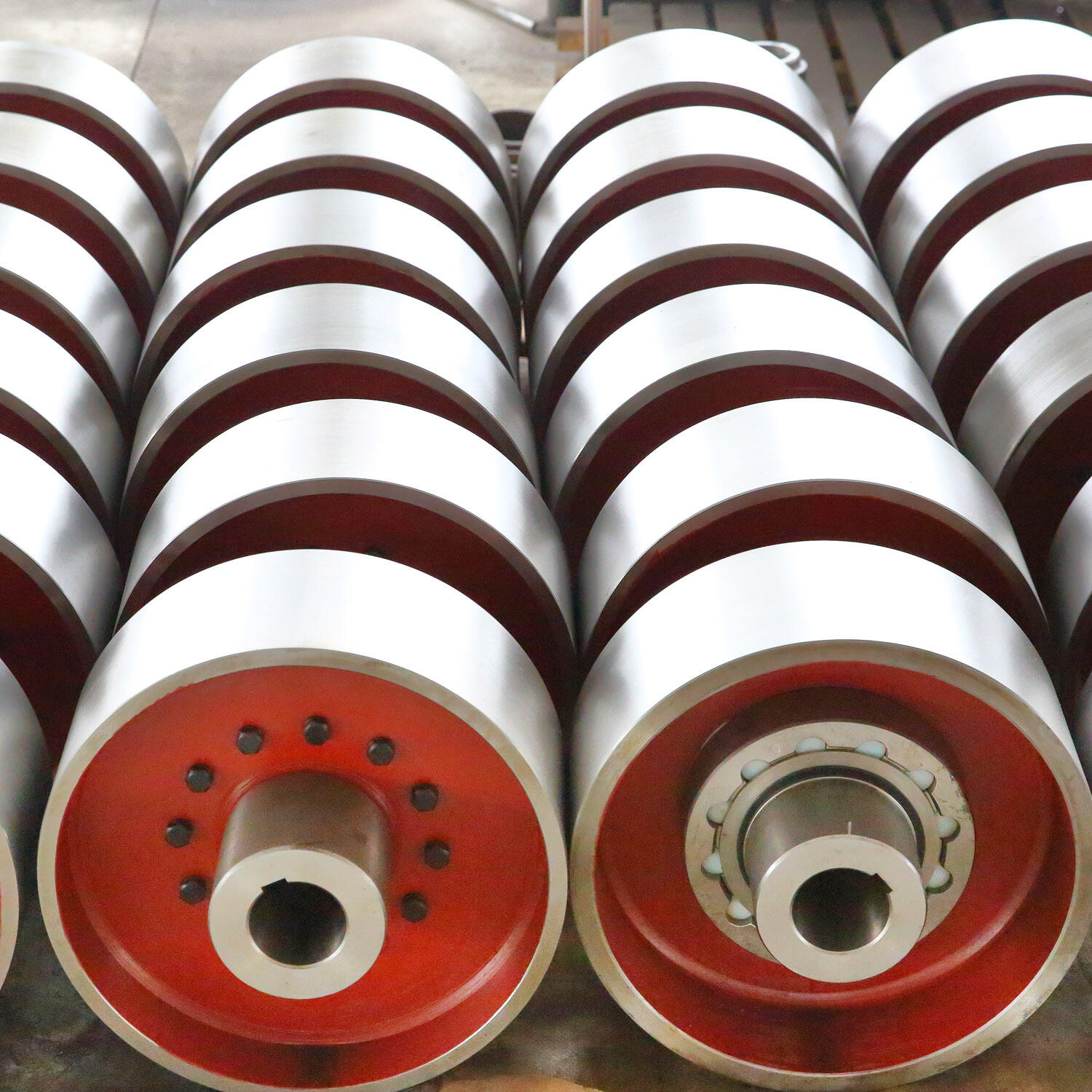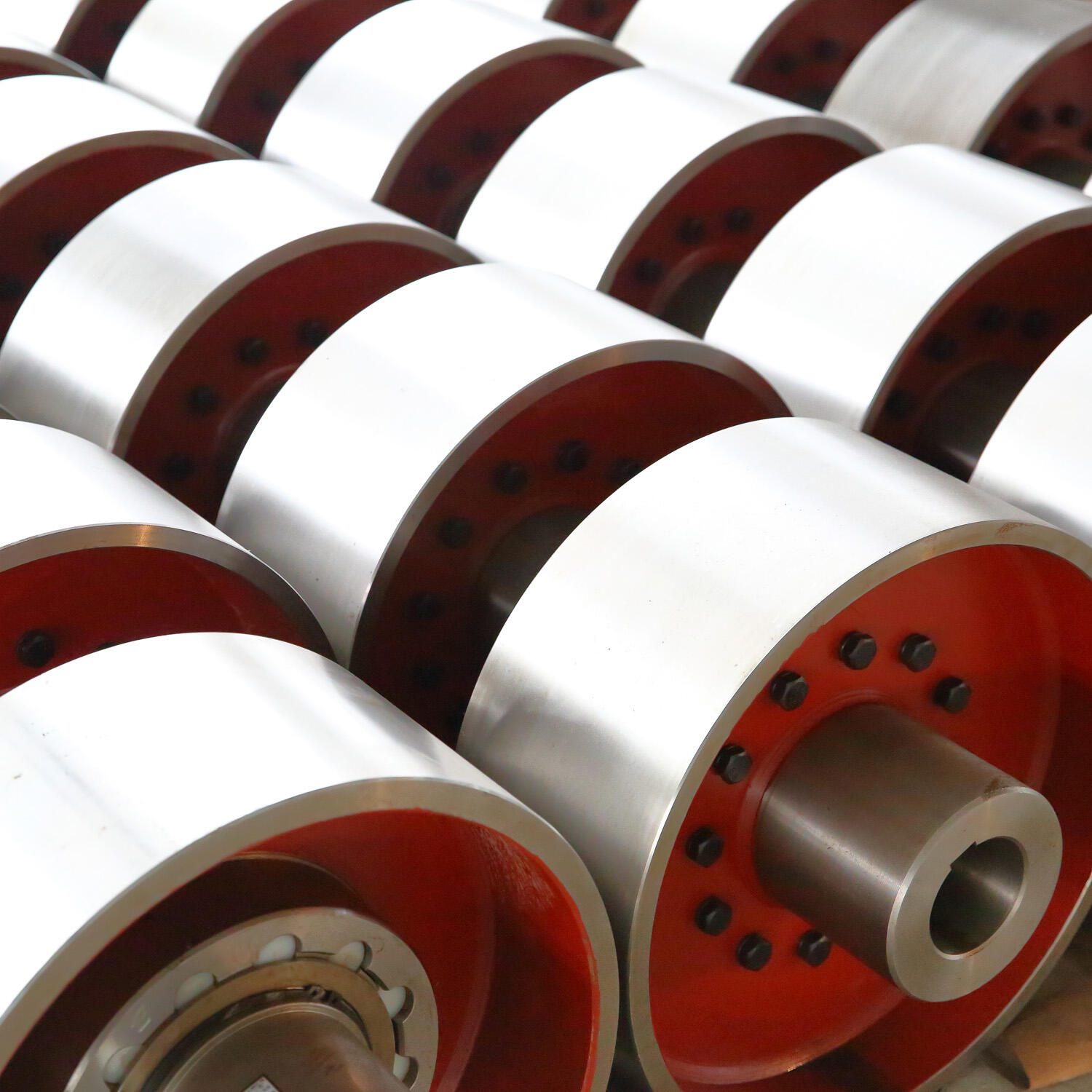Understanding the Revolutionary Impact of Serpentine Spring Coupling Technology
In the world of power transmission and mechanical engineering, serpentine spring couplings have emerged as a game-changing solution for connecting rotating shafts and managing mechanical energy transfer. These innovative coupling devices utilize a unique serpentine spring design that offers unprecedented flexibility and performance advantages across various industrial applications. As industries continue to demand more efficient and reliable power transmission solutions, serpentine spring couplings have become increasingly prominent in modern machinery and equipment.
The distinctive design of serpentine spring couplings incorporates a specially engineered spring element that enables superior torsional flexibility while maintaining robust axial stability. This combination of characteristics has made them indispensable in applications ranging from precision machinery to heavy industrial equipment. Understanding their benefits and applications is crucial for engineers and maintenance professionals seeking optimal coupling solutions.
Core Design Features and Technical Excellence
Advanced Spring Architecture
The foundation of serpentine spring couplings lies in their innovative spring design, which features a continuous coil pattern that efficiently distributes mechanical stress. This unique architecture allows for exceptional torsional flexibility while maintaining structural integrity under varying load conditions. The spring element is precision-engineered to provide optimal performance characteristics, including superior damping capabilities and enhanced load distribution.
Engineers have refined the serpentine pattern to achieve an ideal balance between flexibility and strength, resulting in a coupling design that can handle significant misalignment without compromising performance. The spring's geometry is carefully calculated to ensure uniform stress distribution, minimizing wear and extending operational life.
Material Innovation and Durability
Modern serpentine spring couplings utilize advanced materials that contribute to their exceptional performance capabilities. High-grade alloy steels, specially treated for enhanced durability, form the core of these couplings. The material selection process focuses on achieving optimal strength-to-weight ratios while ensuring resistance to fatigue and environmental factors.
These materials undergo rigorous heat treatment processes to enhance their mechanical properties, resulting in couplings that maintain their performance characteristics even under challenging operating conditions. The combination of superior materials and precise manufacturing processes ensures long-term reliability and reduced maintenance requirements.
Operational Benefits and Performance Advantages
Enhanced Vibration Dampening
One of the most significant advantages of serpentine spring couplings is their superior vibration dampening capabilities. The unique spring design effectively absorbs and dissipates mechanical vibrations, protecting connected equipment from harmful resonance effects. This characteristic is particularly valuable in high-speed applications where vibration control is critical for system stability and longevity.
The dampening properties of serpentine spring couplings help reduce wear on connected components, minimize noise levels, and improve overall system performance. This results in extended equipment life and reduced maintenance requirements, delivering substantial cost savings over time.
Misalignment Compensation
Serpentine spring couplings excel in handling various types of misalignment between connected shafts. Their flexible design accommodates angular, parallel, and axial misalignments while maintaining smooth power transmission. This capability reduces stress on bearings and other system components, contributing to improved equipment reliability and reduced maintenance costs.
The ability to compensate for misalignment makes serpentine spring couplings particularly valuable in applications where perfect alignment is difficult to achieve or maintain. This flexibility simplifies installation procedures and reduces the precision requirements for mounting and alignment.

Industrial Applications and Implementation
Precision Machinery Integration
In precision manufacturing equipment, serpentine spring couplings play a crucial role in ensuring accurate power transmission while protecting sensitive components. Their precise operation and excellent vibration control make them ideal for applications requiring high accuracy and smooth operation. Machine tools, printing equipment, and automated assembly systems frequently utilize these couplings to maintain precise positioning and movement control.
The integration of serpentine spring couplings in precision machinery has contributed to improved product quality and reduced scrap rates in manufacturing processes. Their reliable performance characteristics help maintain consistent operation even under varying load conditions.
Heavy Industrial Equipment Applications
Heavy industrial applications benefit from the robust design and reliable performance of serpentine spring couplings. These couplings effectively handle high torque loads while providing necessary flexibility for equipment operation. Their application in pumps, compressors, and heavy machinery has demonstrated significant improvements in equipment reliability and maintenance intervals.
The durability and performance characteristics of serpentine spring couplings make them particularly suitable for demanding industrial environments where equipment reliability is paramount. Their ability to withstand harsh operating conditions while maintaining consistent performance has made them a preferred choice in critical applications.
Installation and Maintenance Considerations
Installation Best Practices
Proper installation of serpentine spring couplings is essential for optimal performance and longevity. Professional installation procedures include careful alignment checking, proper torque application, and verification of mounting security. Following manufacturer guidelines ensures the coupling will deliver its full range of benefits and operate reliably.
Installation teams should pay particular attention to alignment tolerances and mounting specifications, even though these couplings can handle significant misalignment. Proper initial installation sets the foundation for long-term reliable operation and minimizes the potential for premature wear or failure.
Maintenance Requirements and Longevity
Serpentine spring couplings typically require minimal maintenance compared to traditional coupling designs. Regular inspection schedules should include checking for signs of wear, ensuring proper alignment is maintained, and verifying that mounting hardware remains secure. The simplified maintenance requirements contribute to reduced operational costs and improved equipment availability.
When properly maintained, these couplings can provide extended service life, often outlasting other coupling types in similar applications. Their robust design and superior wear characteristics result in reduced replacement frequency and lower lifetime ownership costs.
Frequently Asked Questions
How do serpentine spring couplings compare to traditional coupling designs?
Serpentine spring couplings offer superior vibration dampening, better misalignment compensation, and typically require less maintenance than traditional coupling designs. Their unique spring architecture provides more efficient power transmission while protecting connected equipment from harmful vibrations and stress.
What are the primary maintenance requirements for serpentine spring couplings?
Maintenance requirements are relatively minimal, primarily involving regular visual inspections for wear, periodic alignment checks, and verification of mounting hardware security. Unlike many traditional couplings, they typically don't require lubrication or frequent adjustment.
In which industries are serpentine spring couplings most commonly used?
Serpentine spring couplings find widespread use in precision manufacturing, heavy industry, power generation, and processing industries. They are particularly valuable in applications requiring precise operation, vibration control, and reliable power transmission under challenging conditions.
What factors should be considered when selecting a serpentine spring coupling?
Key selection factors include torque requirements, operating speed, expected misalignment ranges, environmental conditions, and space constraints. It's also important to consider the specific application requirements, such as vibration dampening needs and maintenance accessibility.
Table of Contents
- Understanding the Revolutionary Impact of Serpentine Spring Coupling Technology
- Core Design Features and Technical Excellence
- Operational Benefits and Performance Advantages
- Industrial Applications and Implementation
- Installation and Maintenance Considerations
-
Frequently Asked Questions
- How do serpentine spring couplings compare to traditional coupling designs?
- What are the primary maintenance requirements for serpentine spring couplings?
- In which industries are serpentine spring couplings most commonly used?
- What factors should be considered when selecting a serpentine spring coupling?

